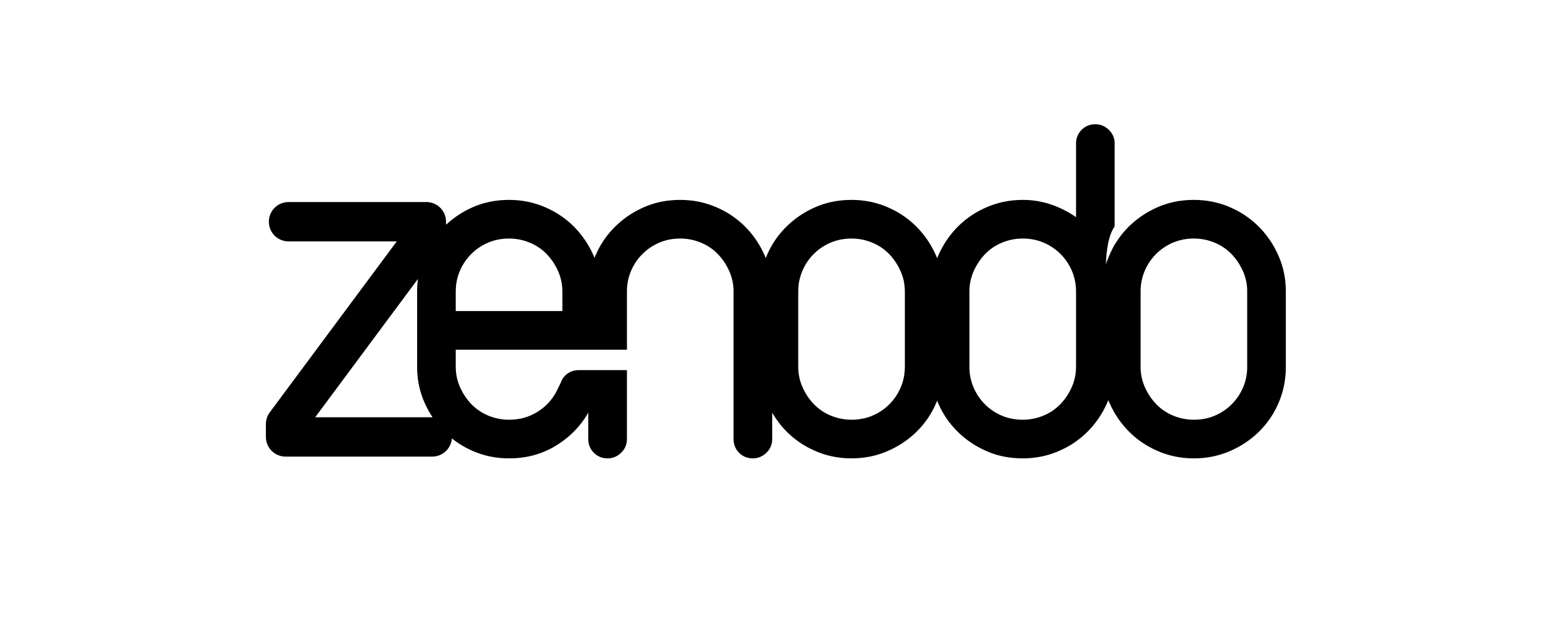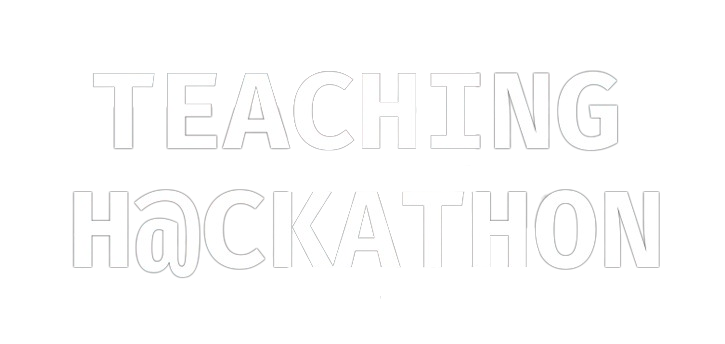The TEACHING platform is defined as a combined stack of the computing platform and software toolkit upon which
i) a vendor installs it along with a TEACHING application in vehicles or in an airplane
ii) a developer develops and deploys CPSoS applications (other than TEACHING)
The platform can be considered as an environment that enables CPSs applications to close the human-feedback loop and comprises of four (4) main properties:
• Monitoring: which monitors the human state using appropriate sensors and possibly considering external factors, such as the environment to which the system is operating
• Quantification: which models the human state and quantifies it in a way that is meaningful to the DMU
• Integration: which incorporates the quantified human state in the system state so as for the DMU to use it.
• Programmable: which provides an interface that enables the dynamic creation of the TEACHING applications.
Innovation capacity: The TEACHING platform is an addition to an existing CPSs rather than a built-in feature. As a CPS, it maintains the properties of CPSs however in comparison to conventional CPS, TEACHING introduces a new objective to the control loop, through the integration of a new, potentially undependable system. This system brings along a new array of sensors for monitoring its state, different from the ones that the original CPS is using. The new integrated system of systems (SoSs) extends the original CPS, and it remains a CPS itself.



